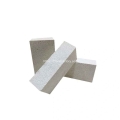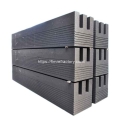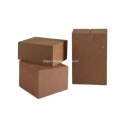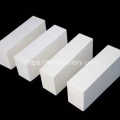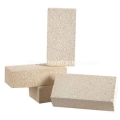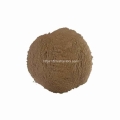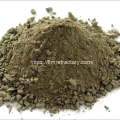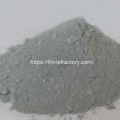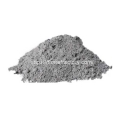- Performance. Innovation. Worldwide. Your trustworthy Refractories Manufacturing Partner--Fireramo
- +86 175 3769 7777
Contact
Contact us on WhatsApp
High Quality Refractory Bricks
Insulation Bricks for Sale
Monolithic Refractory
Problems caused by high temperatures of cement kilns and solutions
During the production process of cement kilns, some problems may occur due to high kiln temperatures. Fireramo summarizes the common problems caused by high temperatures in cement kilns and the corresponding solutions.

Kiln Leakage
Leakage from the kiln body is a prominent problem in the actual operation of cement kilns. Due to the relatively high temperature requirements of the kiln production environment, the molecular structure of the refractory bricks used in the kiln is prone to change at high temperatures, which leads to cracks in the bricks due to expansion, resulting in the leakage of raw materials, which greatly reduces the safety and effectiveness of cement production.
Wear and tear of kiln bricks
In the production process, the dust content in the cement kiln will gradually increase with the rise in temperature, which will lead to wear and tear of kiln bricks. The wear and tear of kiln bricks will lead to a decline in the quality of kiln bricks and a gradual decrease in heat preservation, which will directly lead to a decrease in the temperature of the cement kiln and affect the quality of cement production.
Ash accumulation problem of kiln bricks
In the actual production process, due to the high temperature, there will be a serious ash accumulation problem. Due to the irrationality of the internal structure of the traditional cement kiln and the complexity of the direction of the internal air flow, it is difficult to eliminate the accumulation of ash on the surface of the kiln bricks, which will greatly affect the thermal conductivity of the kiln bricks inside the kiln, and the change of thermal conductivity will reduce the heat dissipation of the kiln bricks, which will affect the production efficiency.
Maybe you want to know:
Refractory solutions for cement kilns
Cement Kiln Workspace Introduction
Cement kiln crusting and clogging causes and solutions
Corrosion of kiln bricks
As the raw materials for cement production are alkaline, under the action of high temperature, the weak alkali molecules in the raw materials will accelerate the ionization, so that the alkalinity will be gradually increased, resulting in serious corrosion of kiln bricks, in the long term corrosion, the performance of kiln bricks will be changed, resulting in irreversible changes in their thermal stability, which greatly accelerates the aging process of the wall of the cement kiln.
Based on the above problems, the new application of cement kiln refractory materials helps to improve the service life of cement kilns.
With the continuous improvement of refractory technology, the service life and operating efficiency of cement kilns can be greatly improved by improving refractory materials for cement kilns.
Newer silica mullite bricks
In recent years, by adding zircon sand and other crystals to silica mullite bricks, the thermal shock resistance of cement kilns can be greatly improved, which helps to increase the service life and production efficiency of cement kilns. It has strong abrasion and corrosion resistance and is an ideal lining material for transition zones.
Chromium-free magnesium oxide kiln bricks
Chromium-free treatment of cement kiln can greatly improve the stability of cement kiln. magnesium-aluminum-zirconia brick is a new type of material developed in recent years. Magnesia-alumina-zirconia bricks are made by mixing a certain amount of zirconium aluminate and adding the corresponding solvent, so that alumina and magnesium are combined into a kind of loose body in the firing process. After a series of industrialization steps, a new type of heat-resistant kiln brick material is formed. The product has strong high temperature resistance and wear resistance.
Application of Ceramic Fiber Board
Ceramic fiber board processed by mixing ceramic fibers, organic reagents and related ingredients can effectively solve the problem of cracks caused by high temperature shrinkage. Ceramic fiber has its advantages in structure, the phenomenon of expansion of traditional materials at high temperatures is not obvious in fiber materials, fiber shrinkage will not produce cracks, and at the same time, due to the dense protective layer on the surface of the fiber board, the dust generated in the cement production process is not easy to deposit. As a result, the problem of high material temperature caused by long-term accumulation of dust can be solved, and the service life of the material is greatly improved.
Specializing in refractory materials for over 20 years, we provide professional refractory solutions for the global high temperature industry.
Related Posts:
- Causes and solutions to cracking of castables after baking
- Enhancing the Medium Temperature Strength of Refractory Castables
- Ways to ensure the accuracy of refractory brick acceptance results
- Acceptance inspection after cement kiln construction
- Three Common Ways of Damage to the Sliding Nozzle for Ladles
Theme By Fireramo

